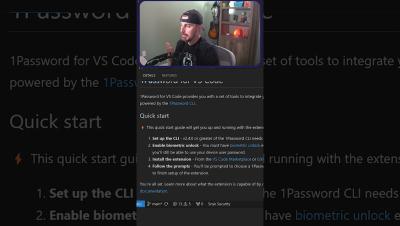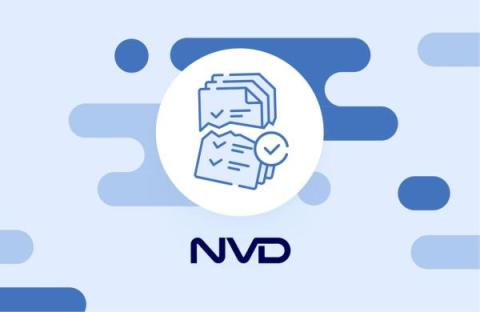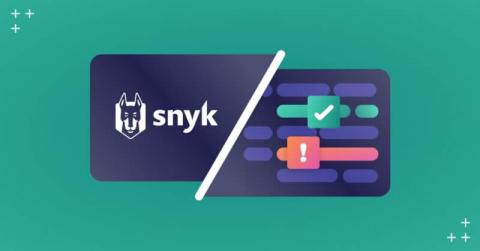Symmetric vs. asymmetric encryption: Practical Python examples
Symmetric and asymmetric encryption are the two most common ways to protect sensitive data with cryptography. These methods use key(s) to transform an unencrypted message into an encrypted message (a ciphertext) that is extremely difficult to decrypt without the correct key(s). Symmetric encryption uses a single key to encrypt and decrypt data. In contrast, asymmetric encryption uses a pair of keys, a public and private key, to encrypt and decrypt sensitive data.











